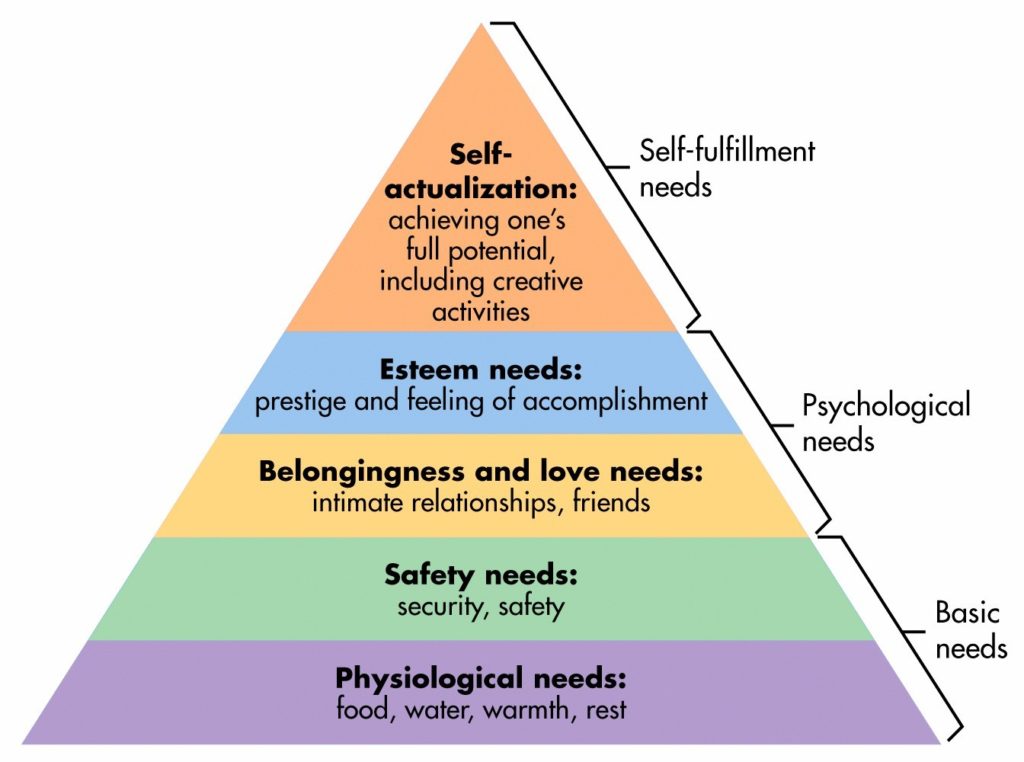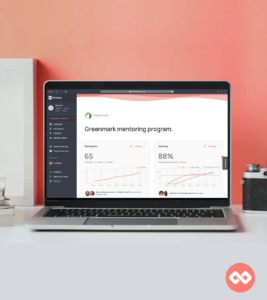
The COVID-19 situation is not something permanent—it will go away. The economy will rebound, businesses will rebound, and eventually, our lives will return to the way they were before.
But until then, every leader has a role to play. Here’s what you can do immediately and in the mid- to long-term.
Where We’re At
It’s important to first note what your team members (and most likely you yourself) are feeling right now. As we explained in a recent post, feelings of VUCA—volatility, uncertainty, complexity, and ambiguity—are to be expected.
Therefore the “immediate part” of dealing with these feelings, especially uncertainty, is to support employees—whether they be on the frontlines or working corporate jobs from home. When it comes to your business continuity planning, you might be implementing a HR-led split-team and/or flexible work arrangements for team members.
For the mid-to-long-term, when the economy rebounds, the organisations that will get back on their feet the fastest are thinking about what they can do now to prepare for the coming rebound. This way, they’ll come out ahead of the competition when the storm has finally passed.
However, going beyond just policy to support employees will be a major part of these efforts being successful. In this time of need, people are afraid, and addressing that concern is now a basic necessity.
In Maslow’s hierarchy of needs, ‘safety’ is basic.

via Simply Psychology
After physiological needs like food, water, warmth, and rest, safety needs need to be met. Only then can people begin to focus on other concerns, which is why tackling and talking about your team members’ immediate worries head-on is necessary.
If leaders don’t address these concerns, other facets of employees’ work lives, like attention-span, communication, and productivity, will fall through the cracks.
How Best to Respond to this Crisis
So how can you manage these feelings of uncertainty and continue to engage your employees?
According to Forbes, one of the best approaches you can take is to first put yourself in your employees’ shoes. Given all the recent lay-offs, it’s reasonable for your team members to feel on-edge; how would you be feeling about your and your family’s economic well-being if you thought being laid off was a possibility?
Next, lead with empathy and deliver the compassionate leadership your employees expect during these times. As Forbes contributing author Glenn Llopis puts it:
People don’t want good intentions from their leaders during times of uncertainty; they want their leaders to be not only strong, confident and decisive, but transparent and vulnerable enough in their leadership role to express a sense of genuine care and concern.
One component of compassionate leadership is continuous communication. By communicating often, leaders are not only able to neutralise uncertainty, they provide their employees with knowledge, reassurance, and unique perspectives.
This communication from the organisation’s leaders can also bolster employee engagement, as team members are empowered by continuous insight and clarity into the situation at hand while being given as much “direction, certainty, and involvement as possible.” Why does this type of information empower employees and increase their engagement? Because it shows that leadership respects and values their team members.
And no, this type of leading with empathy approach will not diminish your authority; in fact, this approach will strengthen your executive presence while earning your employees’ respect.
When people believe and trust that you’re showing them genuine care and concern, they will support other initiatives you rollout. Before focusing on the future and how your organisation will recover once this storm has passed, start with immediate needs and give your employees the support they need. Connect them to other teams and peers today with a remote-first program.




